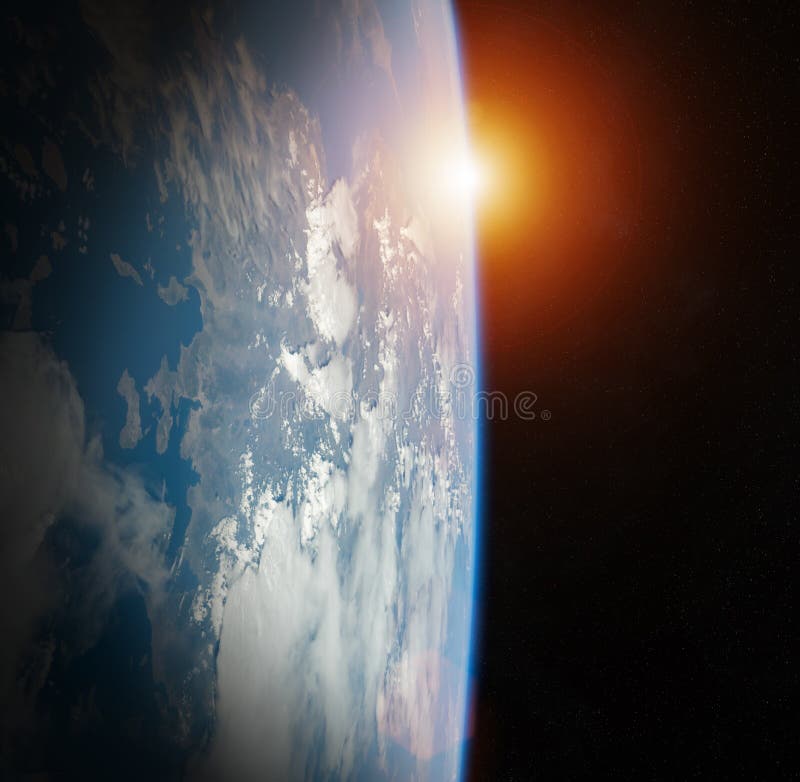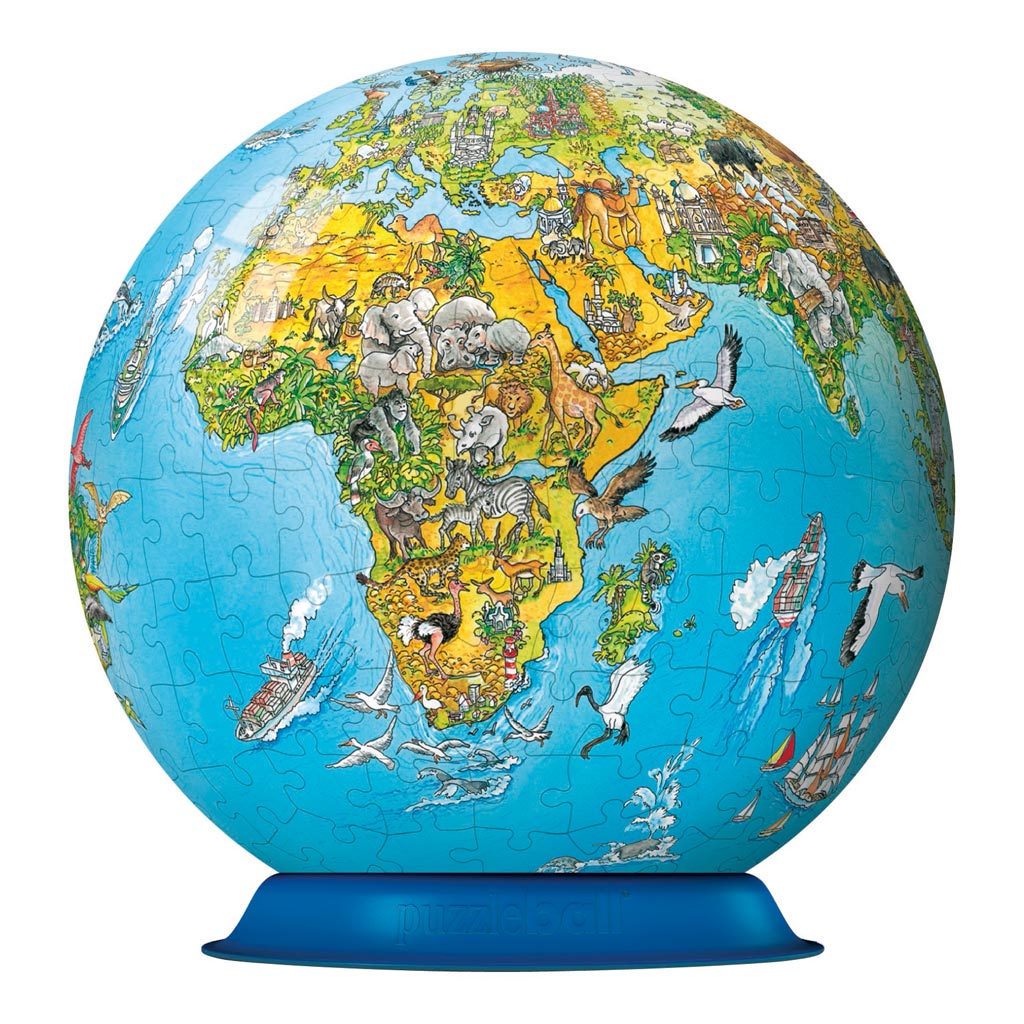

While western Europe appears to be one of the brightest areas on the map, it is interesting to note that it may not necessarily be the most populated when compared to countries like China and India.Ĭities tend to grow along coastlines and transportation networks, and this is reflected in the Night Earth map. One of the most striking features of the Night Earth map is how it showcases the differences in urbanization and population density across different regions of the world. It provides a stunning view of the Earth's surface, showing the lights that are visible at night and highlighting the areas that are the brightest and most urbanized. Here is what the finished product might look like with saved snapshot views.The Night Earth map is a fascinating tool that allows us to explore our planet's light pollution in a unique and informative way. Now when you double-click on the folder in the Places panel, Google Earth will fly to that saved view, or perspective. To do this, right-click on the folder in the Places panel, and choose Snapshot View.

You can also assign a Snapshot View to a folder. Now, when you double-click on that placemark in the 3D viewer or in the Places panel, Google Earth will fly to that saved view, or perspective. Go to the View tab, and click the Snapshot Current View button. To open the Properties, right-click on the placemark in the 3D viewer or in the Places panel, and choose Properties (on a PC) or Get Info (on a Mac).

You can also set the Snapshot View in the Properties window click on the Snapshot current view button, as shown below. Using Snapshot Views can be very effective for telling stories and guiding users through your Google Earth layer in a controlled manner, helping them get the unique perspectives you want them to see.

This will save your unique camera angle, or perspective, for this placemark. Right-click on the “Flirt” placemark in the Places panel, and select Snapshot View. For example, zoom into the placemark labeled “Flirt”, and tilt and rotate the Earth to a unique perspective. Use the mouse or the navigation tools to orient the Earth to a unique perspective for a placemark. Notice how there is no unique camera angle, or perspective, set for the placemarks - when you double-click on a placemark, the Earth doesn't tilt or rotate to a unique perspective.


 0 kommentar(er)
0 kommentar(er)
